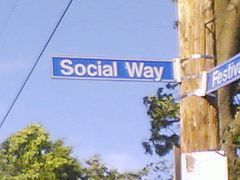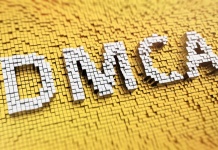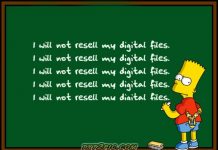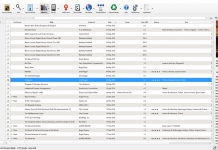 Will you be able to buy e-book files from B&N and read them on your Sony Reader, just as your friends can read them on their B&N Nook e-readers?
Will you be able to buy e-book files from B&N and read them on your Sony Reader, just as your friends can read them on their B&N Nook e-readers?
This depends on Sony and the others updating their Adobe-supplied firmware for their dedicated e-readers. So there are gotcha indeed (yes, I’ve revised this post). Let’s hope that other companies will include the new DRM for compatibility’s sake—even though the best solution would be no DRM. See a helpful explanation from Adobe’s Jim Lester.
On the social DRM front…
Meanwhile another question arises. Could Adobe and B&N also be moving social DRM in time? With help from a reader, I noticed the following in an Adobe release:
“Barnes & Noble is adopting Adobe(r) Content Server, a server software solution that copy protects eBooks downloaded to nook, mobile phone applications and other dedicated eBook reading devices that have integrated the Adobe Reader Mobile SDK. Additionally, Adobe is integrating Barnes & Noble’s eReader social content protection technology into Adobe Content Server, Adobe Reader Mobile SDK and, eventually, into Adobe Digital Editions.
“With this enhanced version of Adobe Content Server, publishers and booksellers will be able to protect EPUB and PDF eBooks through either social password or identity-based authentication options, allowing their readers access to interoperable eBook content across diverse platforms.” That isn’t quite the same as basic social DRM—you know, simply embedding names or other identifying data in files to discourage piracy. But maybe it’ll help pave the way for it.
Fictionwise, a subsidiary of B&N, uses a DRM system based on scrambled credit card numbers (not the same as social DRM at the plain-English level).
Note: For info on the Nook e-reader from B&N, see the basics plus Paul Biba’s report from the press conference announcing the product.
Related: TeleRead on social DRM.


































I don’t really understand the social drm thing. Are they saying that the Credit Card DRM is a social DRM?
Hey, Jane, one publisher put it well when she said the front of the book could just say, “For a good time, call such-and-such.” It’s that simple. Hardly a perfect system, but better than the present mess. That is true social DRM. Not quite so clear in some people’s opinion if there is encryption involved. That can make things less open–indeed, proprietary. True social DRM would be nonproprietary and work across diff platforms without the same hassles. Thanks. David